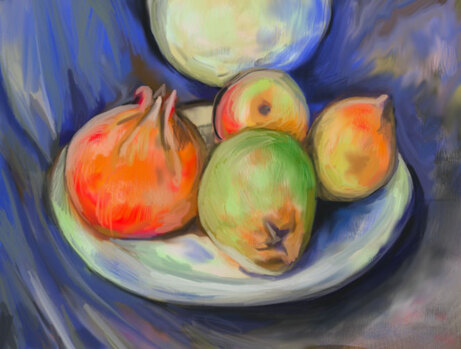Containing Interwoven Histories: Indigenous Basket Weaving in Art Education by Courtney Lee Weida7/24/2023 A note after reading an article, "Containing Interwoven Histories: Indigenous Basket Weaving in Art Education by Courtney Lee Weida"Containing Interwoven Histories: Indigenous Basket Weaving in Art Education by Courtney Lee Weida As we continued to weave beads, seashells, and colorful scraps of paper, we were fascinated by a process described by Meilach (1974) as “modifying creative methods used centuries ago” (p. 1). Weaving in beads, shells, and scraps of colorful paper over subsequent sessions, we were spellbound by the process Meilach (1974) described as “revising creative methods used centuries ago” (p. 1). This chapter explores the relationship between basketry and indigenous cultures. This chapter explores South African basketry traditions in the context of Native American history and craft traditions (particularly Cherokee and Pomo), including topics of basket weaving and family relationships, gender issues, traditional mythology, and related pottery development. Baskets are often filled with food as a celebratory gift or token of consolation. On the other hand, although people do not use traditional baskets in every part of their daily lives, you can see many baskets in today's shopping baskets, trash cans, fruit baskets, and baskets that have been modified or adapted from basketballs. Many educators overlook the basket, as I did in the beginning. Early childhood educator Cantu (2004) even suggests that parents purchase “craft baskets” to store craft supplies. Here, children can create and personalize these functional objects on their own with the help of adults. The basket serves as a symbol of indigenous ways of learning that have been lost from the past. All these memories and longings can be woven into the basket's story and its meaning, providing an exciting connection to home and family in the classroom. Likewise, they can inspire us to reconsider household objects and traditions that may seem irrelevant to the current curriculum. What crafts can be salvaged from homes today and incorporated into art curricula? Indigenous studies include influential practices and frameworks for teachers to explore in writing, expression, gendering, envisioning, reconstructing, safeguarding, creating, negotiating, discovering, and sharing that may be particularly relevant to the history of arts, crafts, mythology, and basketry traditions. The design, function, and education associated with the baskets reveal a lot about the lives of women makers, from where they live to what they eat. In this context, students can examine the ways in which crafts may have been linked to past gender roles and ways of life. Similarly, baskets represent changes in the community. Additional symbolic and often gendered basket associations can be found in other literature. Barrett's work (1976) suggests that both men and women made baskets in the Pomo culture, but he reminds us that the basket-weaving techniques used by men and women are quite different. Specifically, “men do not make closely woven baskets, and women make very few perforated baskets” (p. 147). This trend often reflected the needs of basket makers to contain grain, fish, or even infants, with weaving and patterns reflecting these individual needs and purposes. Heslop (2011) also suggested that the basket may have emerged from human hands, inspired by bird nests. This gives the basket a special place, such as a small structure or hiding place or a symbol of these objects, all provocative spaces and body sites to explore the ship or its associations, curriculum. Get this done with the temptation of "one day you'll be famous for your work" (p. 36). Why would a creator want to include a mistake in their shopping cart? What does that imperfection say about arts and crafts? These are questions about the values and characteristics of art that students can explore. Writing in White, Blanchard writes that "before people had pottery for cooking, they had basketry, which is in fact the oldest and most commonly practiced handicraft known" and that pottery "evolved."
0 Comments
Leave a Reply. |
Myungja Anna KohArtist Categories
All
Archives
July 2024
|
Proudly powered by Weebly


 RSS Feed
RSS Feed